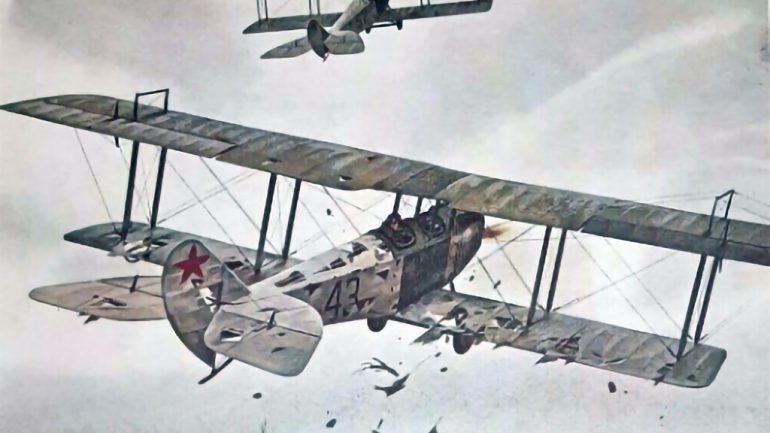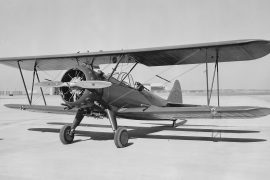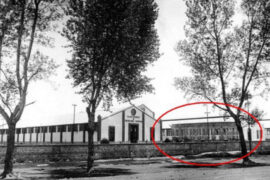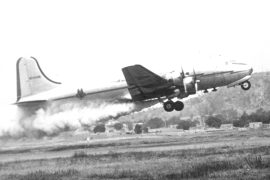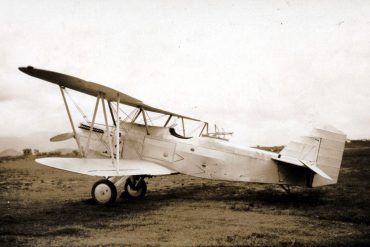Terrorists attack the United States, with property destroyed and lives lost. The president sends an armed force into a foreign nation seeking the leader of the attackers. Mountains and deserts make the pursuit difficult. The latest military equipment is used for mobility and reconnaissance.
The year is 1916 and the ‘Terrorist Event’ was the attack by forces loyal to Osama… no, make that Francisco “Pancho” Villa… on the border town of Columbus, New Mexico (March 9, 1916; seventeen residents died). The modern high-technology devices used by the U.S. Military forces included (along with trucks semi-replacing mules), the airplane.
The First Aero Squadron deployed eight Curtiss JN-3, the model prior to the famed “Jenny” (JN-4). The eighty-five and ninety-five horsepower engines did not perform well in the ‘hot and high’ region of Northern Mexico. The dust and sand were a problem, and the serviceability was low. The airplanes served mainly as courier service, carrying messages among cavalry units and diplomatic agents.
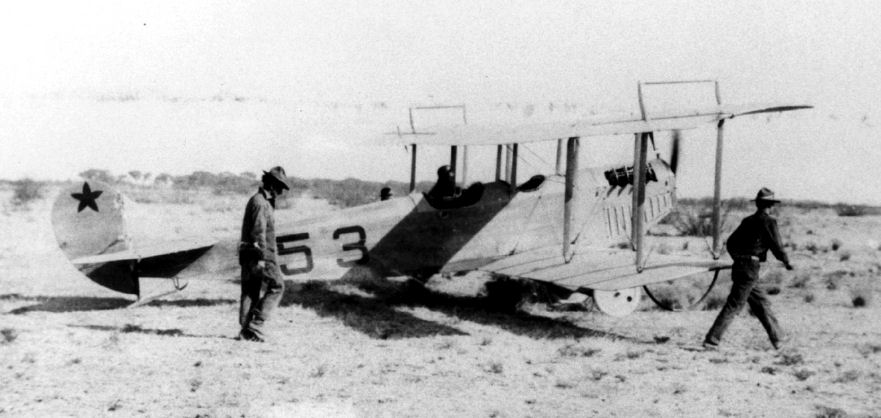
Before our Mexican LAAHSers object, it is time for a disclaimer: General Villa, who earlier had some support in Washington as well in Mexico, was provoked partly by U.S. intervention in the evolving Mexican Revolution. The incursion of 1916-17 (which failed to ‘find’ Pancho Villa, by the way) was unauthorized by the Mexican government. No aerial combat took place. General Villa’s mercenary pilots had departed, due to military defeat of Villa’s army, and the aviation opportunities of a big war in Europe.
A famous event occurred on April 7, 1916, at Chihuahua city, though. Two JN-3 airplanes arrived to deliver papers to the US Consulate, and were attacked by an angry patriotic mob. The illustration is from the Heritage of the Air Collection, published by the Leach Corporation (1961).
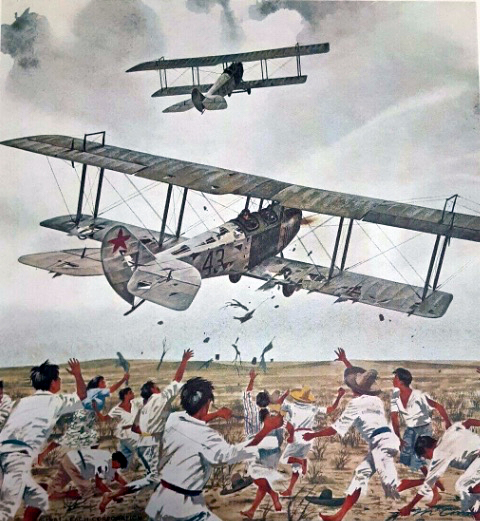
Certainly the capability of aircraft is one of the contrasts between THEN and NOW.

